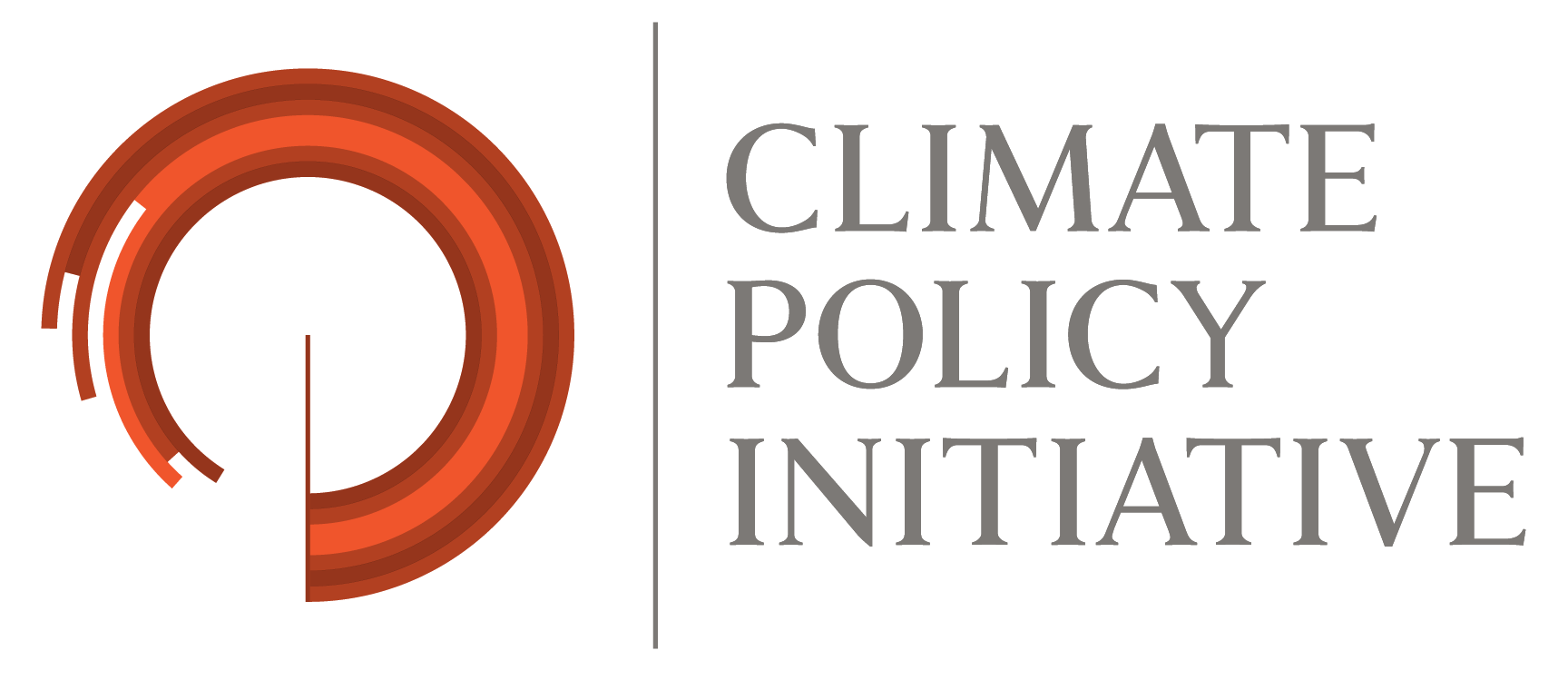Introduction
As the climate crisis intensifies, so does the demand for effective mechanisms to mitigate greenhouse gas (GHG) emissions. Carbon markets have emerged as a promising solution, enabling companies and countries to finance emission reduction and removal actions, often in territories far from where their emissions have occurred. In the voluntary market—where companies and organizations purchase credits in response to climate commitments, rather than due to legal requirements—significant shares of traded credits originate from Nature-Based Solutions (NbS), with a particular emphasis on forest conservation.
Brazil holds a prominent position in this context, with vast potential for generating carbon credits through the preservation of tropical forests. Most of the existing projects in the country employ the mechanism known as REDD (Reducing Emissions from Deforestation and Forest Degradation), which aims to incentivize the reduction of GHG emissions resulting from deforestation and forest degradation.[1]
The environmental integrity of these credits depends on a key criterion: additionality. For a carbon credit to be valid, it is necessary to demonstrate that the emission reduction occurred solely because of the projection, in other words, that the forest would have been cleared in the absence of that conservation initiative. Assessing this additionality requires the definition of a counterfactual scenario, known as the baseline, which represents what would have happened to that area had the project not existed.
Traditionally, the methodologies used to estimate the baseline rely on statistical and spatial analyses, such as the extrapolation of historical deforestation trends. However, recent studies have highlighted significant flaws in this approach. Critics argue that these methodologies allow a certain degree of manipulation to maximize the number of credits generated. This undermines the credibility of the projects and, consequently, of the market.
In this study, researchers from Climate Policy Initiative/Pontifical Catholic University of Rio de Janeiro (CPI/PUC-RIO) propose a new methodology for defining the baseline and projecting deforestation on private properties in the Amazon, enabling the construction of scenarios for assessing additionality in REDD projects in Brazil.[2] This methodology is based on recent literature that investigates land use dynamics from the perspective of producers regarding the most profitable use of land, with consideration for economic conditions and the characteristics of their properties.
The results indicate that 77% of the carbon traded for REDD projects in the Brazilian Amazon is additional, with significant variations across different regions of the biome. This analysis adopts the concept of the “five Amazons” and finds high rates of additionality for non-forest, under pressure, and deforested regions, while the forested regions show significantly lower rates.[3],[4]
These results reinforce that additionality is necessary: 23% of the forest areas that received resources from REDD projects would have remained protected even without the projects’ incentives. Also, the fact that around 77% of the supported areas were conserved due to project interventions suggests that, overall, the mechanism has worked relatively well as a conservation tool. Furthermore, since REDD credit prices are relatively low compared to other carbon pricing mechanisms, the financial impact of potentially non-additional credits is limited. Concerns about additionality, however, should guide continuous project improvement, enabling carbon markets to consolidate and expand their contribution to climate change mitigation.
This work is supported by a grant from Norway’s International Climate and Forest Initiative (NICFI). This publication does not necessarily represent the view of our funders and partners.
The author would like to thank Juliano Assunção, Leonardo Rezende, Rafael Araujo, and Lucas Lima for their research support; Joana Chiavari, Natalie Hoover, and Gustavo Pinto for their comments and suggestions; Kirsty Taylor, Giovanna de Miranda and Camila Calado for editing and revising the text; and Meyrele Nascimento for formatting and graphic design.
[1] In this publication, the definition of REDD is restricted to activities related to the generation of carbon credits in the voluntary carbon market from forest conservation. Within the context of the international regime, the concept of REDD is broader, focused on avoided deforestation. For more information: UNFCCC. What is REDD+? nd. bit.ly/44KYUyL.
[2] This publication is based on the author’s master’s thesis. Learn more at: Arbache, João P. F. “Additionality in Carbon Projects: Evidence from the Brazilian Amazon”. Master’s thesis, PUC-RIO, 2024. bit.ly/4noiclH.
[3] Veríssimo, Beto et al. The Five Amazons: basis for the sustainable development of the Brazilian Amazon. Amazon 2030, 2022. bit.ly/3Uh3xvC.
[4] The five Amazon categories are divided into non-forest, under pressure, deforested, forested, and urban. For this analysis, we exclude the urban category, as it is not relevant to the context under consideration.

